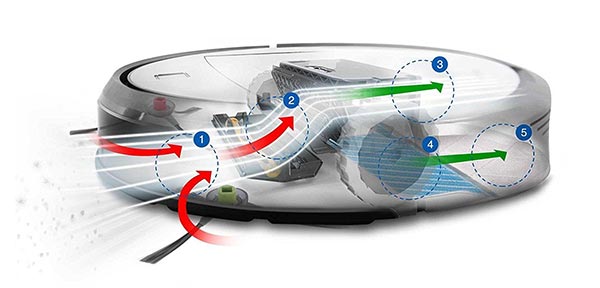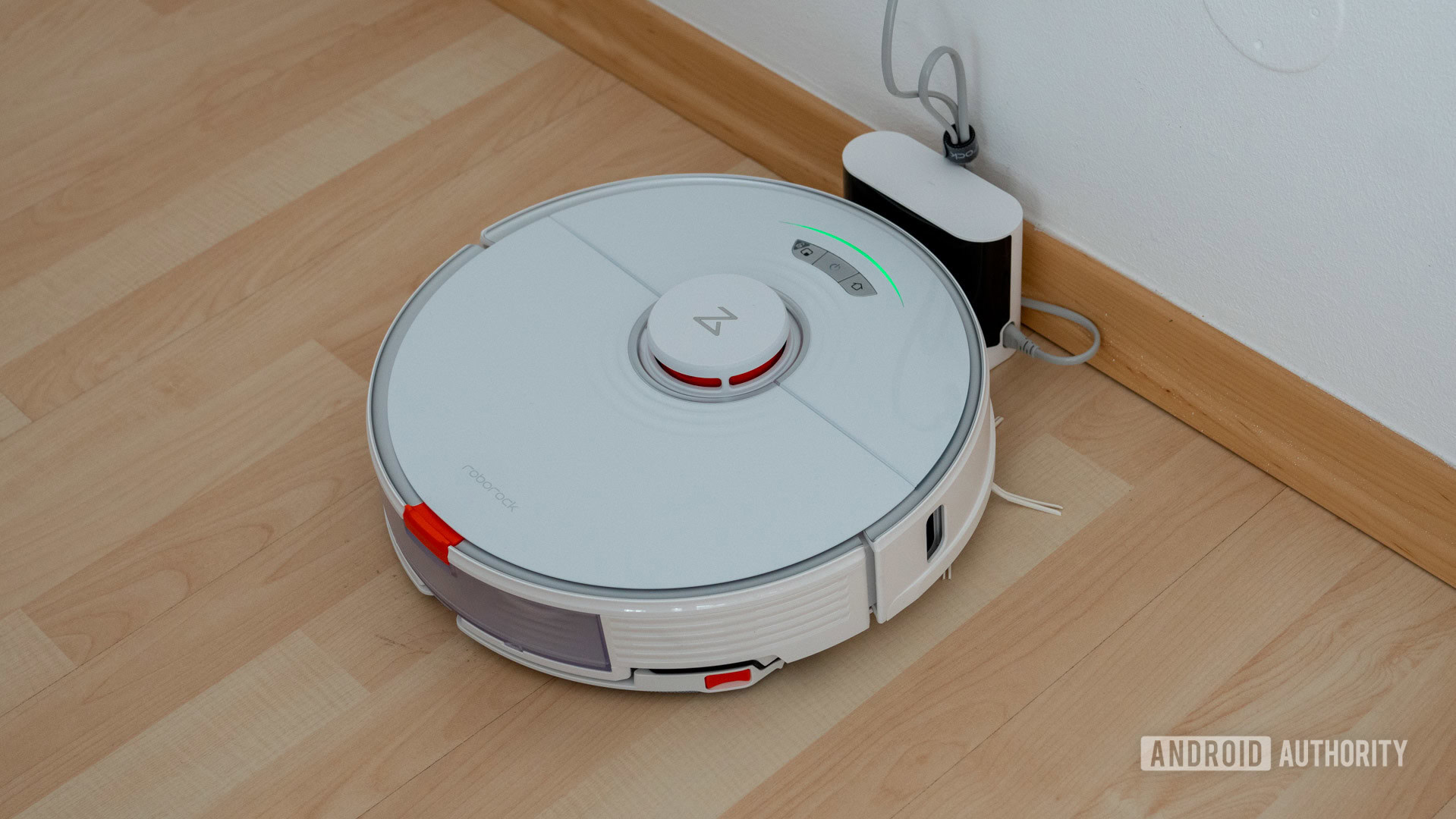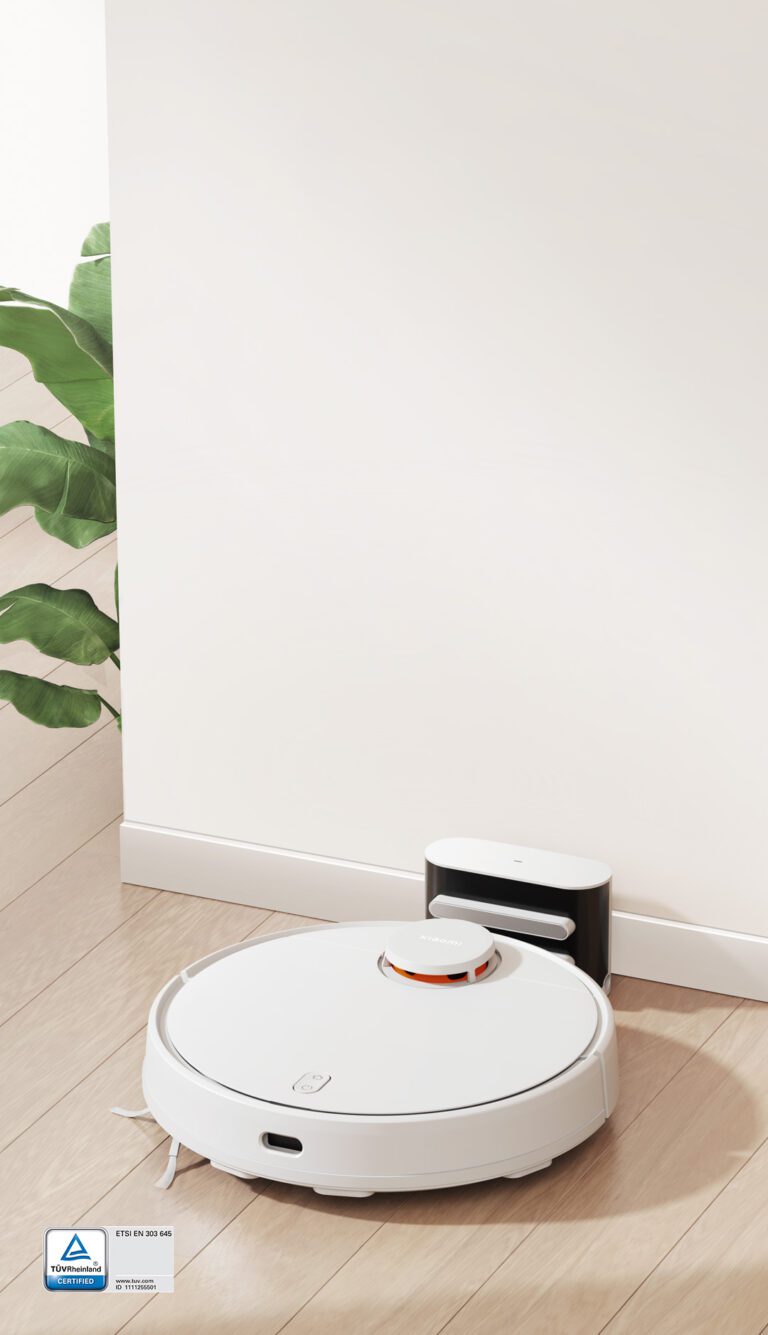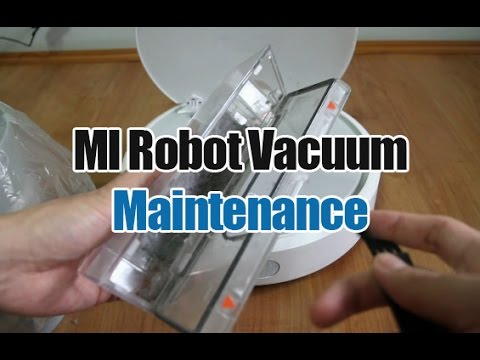How Robotic Vacuum Cleaner Works?

A robotic vacuum cleaner works by using sensors to navigate and clean floors autonomously. Robotic vacuum cleaners, also known as robovacs, have become increasingly popular in recent years due to their convenience and efficiency.
These innovative devices utilize advanced technology to navigate and clean floors without human intervention. Equipped with a combination of sensors, including infrared sensors, cliff sensors, and optical sensors, robovacs can detect obstacles, edges, and dirt on the floor. This information is then processed by an onboard computer, enabling the robot to create a map of the room and plan its cleaning route.
With their rotating brushes and suction power, robovacs effectively clean various floor surfaces, including hardwood, tile, and carpet. Some models even offer additional features like mopping and virtual boundary settings. Overall, robotic vacuum cleaners offer a hassle-free and time-saving approach to keeping your floors clean.
The Evolution Of Robotic Vacuum Cleaners
Robotic vacuum cleaners have come a long way since their early versions. These earlier models laid the foundation for the technological advancements we see today. Today, robotic vacuum cleaners have become a popular choice for many households. Their compact size, convenience, and smart features make them highly desirable.
With the constant development of artificial intelligence and machine learning, these autonomous cleaning devices have become even smarter. They can navigate through obstacles, map the layout of the room, and efficiently clean various surfaces. Several popular brands have entered the market, each offering unique features and designs.
From iRobot Roomba to Eufy RoboVac, there are options for every budget and requirement. The future of robotic vacuum cleaners looks promising, as manufacturers continue to push the boundaries of innovation.
How Robotic Vacuum Cleaners Navigate And Move
Robotic vacuum cleaners rely on advanced navigation systems designed to efficiently move and clean a room. These systems utilize a combination of sensors and algorithms to detect and avoid obstacles. By constantly analyzing their surroundings, the vacuum cleaners can effectively navigate through furniture, walls, and other objects.
They employ mapping capabilities to understand the layout of the room and plan a cleaning path accordingly. With the help of these sensors and algorithms, the robotic vacuum cleaners can seamlessly maneuver around obstacles, ensuring a thorough cleaning of the entire space.
So, whether it’s detecting a chair leg or mapping out the best route, these intelligent machines make cleaning effortless and automatic. Say goodbye to tedious manual vacuuming and let the robotic vacuum cleaner take over the task efficiently!
Understanding The Cleaning Mechanism Of Robotic Vacuum Cleaners
Robotic vacuum cleaners operate through a sophisticated cleaning mechanism. Utilizing brushes and suction power, they efficiently remove dust and dirt from various surfaces. These devices come equipped with specially designed brushes that effectively sweep the floor and carpets, ensuring a thorough clean.
The suction power of the vacuum cleaner pulls in the loose debris, ensuring a deep clean. Furthermore, robotic vacuum cleaners are equipped with dust collection and filtration systems that efficiently trap dirt and prevent it from recirculating back into the air.
This feature not only provides a cleaner home but also improves indoor air quality. Additionally, these innovative cleaners often have special features tailored for households with pets, effectively removing pet hair and dander. They are also designed to navigate hard-to-reach areas, ensuring no corner is left uncleaned.
With their advanced technologies, robotic vacuum cleaners have revolutionized the cleaning industry, making tedious chores a thing of the past.

Credit: www.androidauthority.com
The Role Of Artificial Intelligence In Robotic Vacuum Cleaners
Robotic vacuum cleaners utilize artificial intelligence for a more efficient cleaning experience. These innovative devices rely on machine learning algorithms to enhance their cleaning performance. By continuously analyzing data, they adapt and improve their suction power and navigation capabilities. With smart mapping technology, vacuum cleaners can detect and map out rooms, ensuring a thorough cleaning of every corner.
Users can also enjoy the convenience of customizable scheduling, allowing the robot to clean at specific times. Moreover, these smart devices can integrate with smart home systems, making it easier for users to control and monitor their cleaning progress. With their AI-powered features, robotic vacuum cleaners revolutionize the way we keep our homes clean.
Maintaining And Troubleshooting Robotic Vacuum Cleaners
Robotic vacuum cleaners are a convenient and efficient solution to keeping your home clean. To maintain optimal performance, it is crucial to follow proper cleaning and maintenance routines. Regularly emptying the dustbin, cleaning the brushes, and checking for any blockages are essential tasks.
Cleaning the sensors and charging contacts will ensure the robot vacuum functions correctly. Common issues users face include the device getting stuck or failing to navigate properly. Troubleshooting tips include checking for obstacles, ensuring the floor is clear, and resetting the device if necessary.
It is also important to understand the warranty and support options available for your robotic vacuum cleaner, in case any issues arise. By following these guidelines, you can enjoy a clean home and hassle-free operation from your robotic vacuum cleaner.
Frequently Asked Questions Of How Robotic Vacuum Cleaner Works
How Do Robot Vacuums Know Where To Clean?
Robot vacuums use a combination of sensors, cameras, and mapping technology to know where to clean. These smart devices have sensors that detect obstacles, such as furniture or walls, and navigate around them. Cameras help them identify the layout of the room and any potential dirt or debris.
They also use mapping technology, which allows them to create a virtual map of your home. This map helps the robot vacuum know the locations it has already cleaned and the areas that still need attention. With this information, the robot vacuum can efficiently plan its cleaning routes and ensure it covers all areas of your home.
Do Robot Vacuums Actually Clean Well?
Robot vacuums excel at cleaning various types of floor surfaces, effectively removing dust, dirt, and debris. These intelligent cleaning devices utilize advanced sensor technology to navigate around obstacles and automatically adjust their cleaning method accordingly. Equipped with powerful suction capabilities and rotating brushes, they efficiently pick up dirt from carpets, hardwood, and tile floors.
Many robot vacuums contain HEPA filters, ensuring that allergens and microscopic particles are effectively captured, leading to cleaner and healthier indoor air quality. With their automated cleaning schedules, these devices can maintain a consistently clean home, even when homeowners are busy or away.
While they might struggle with deep cleaning in hard-to-reach corners and tackling large debris, they generally provide satisfactory cleaning results in everyday usage. In summary, robot vacuums are reliable and efficient tools for keeping your floors clean while conveniently saving time and effort.
How Do Robot Vacuums Empty Themselves?
Robot vacuums have a clever self-emptying feature. They typically use a docking station with a dustbin that can hold debris. When the vacuum detects that its dustbin is full, it automatically returns to the dock. The dock then activates a mechanism that empties the dustbin into a larger disposal bag or container.
This process ensures that you don’t have to manually empty the vacuum after each cleaning session. The self-emptying feature varies depending on the model, but it generally involves a suction system that transfers the debris from the vacuum’s bin to the disposal bag.
With this convenient feature, robot vacuums save you time and effort by taking care of the messy task of emptying themselves.
Conclusion
The incredible technology of robotic vacuum cleaners has revolutionized the world of cleaning. These smart devices navigate our homes, sucking up dirt and dust with precision and efficiency. By understanding their basic workings, from sensors to algorithms, we can appreciate the marvel of modern engineering that simplifies our lives. As we bid farewell to the era of manual vacuuming, we welcome the future of automation, where our floors remain spotless with just the push of a button. The future is undoubtedly cleaner, thanks to these tireless robotic helpers.



